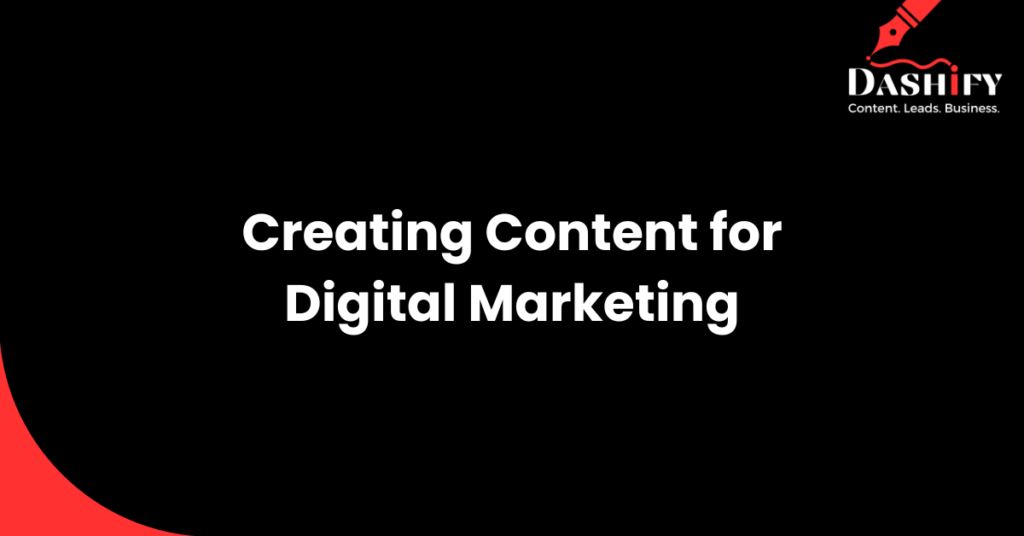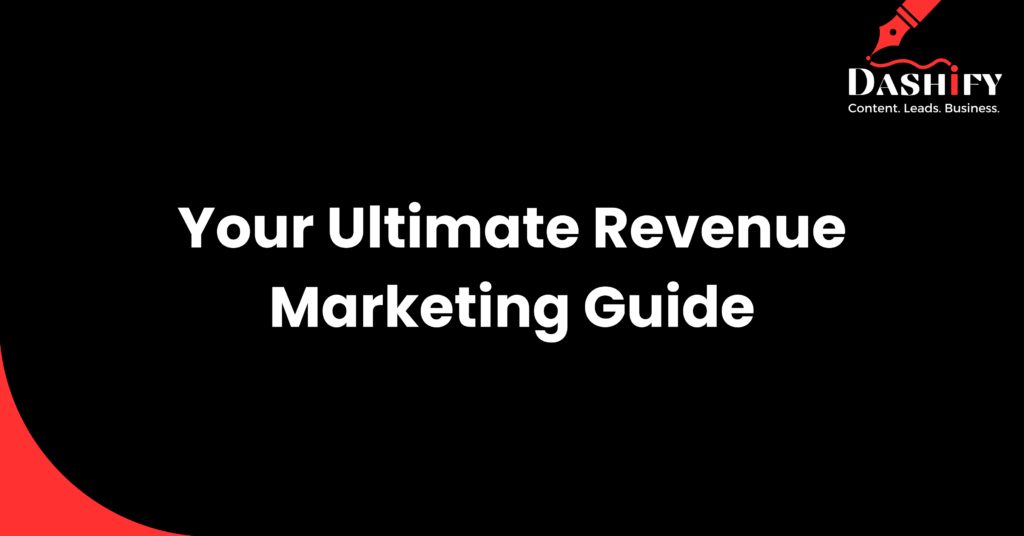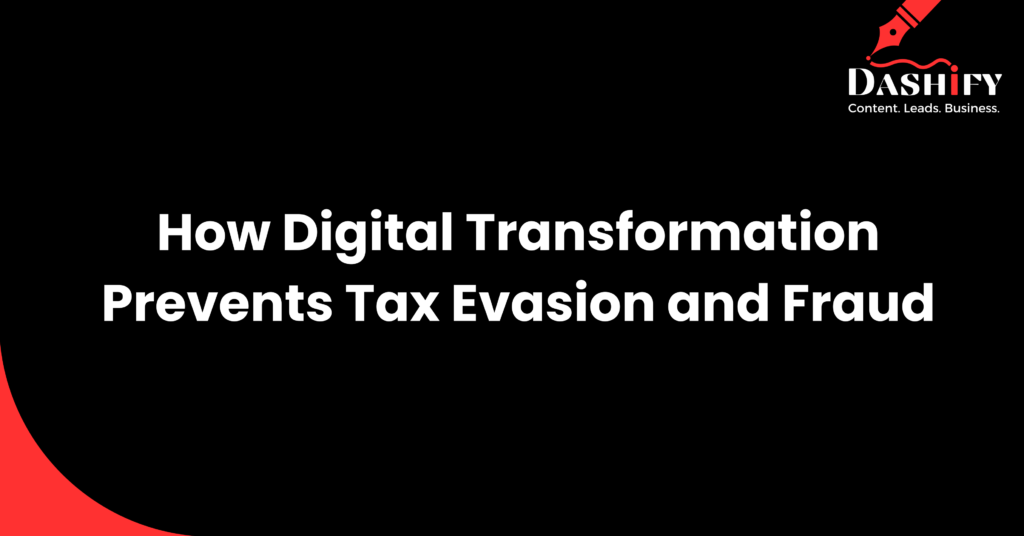72% of marketing budgets are all in on Digital Marketing! Attention is currency, and nailing your content game is non-negotiable, especially when it comes to content for digital marketing.
What is Digital Marketing?
Digital marketing is a diverse and evolving approach designed to connect businesses with their target audiences via multiple digital avenues. At its core, digital marketing utilizes the power of the Internet and digital communication methods, embracing a variety of strategies and channels. The main elements of digital marketing include:
Search Engine Optimization (SEO)
SEO is used to improve your website’s visibility in search engine rankings to facilitate easier discovery by potential customers. As per the digital marketing metrics, you can track your content performance by measuring its search engine impressions, click-through rates, site visits, and user-dwelling time.
Content Marketing
The focus here is on crafting and sharing content that is not only valuable and relevant but also consistent, aiming to attract and engage a specific audience. We’ll discuss the importance of content in digital marketing later in this guide.
Social Media Marketing
This tactic involves engaging with potential customers on popular social media platforms like Facebook, Instagram, LinkedIn, and Twitter, where they spend a considerable amount of time.
Pay Per Click (PPC)
In PPC, advertisers pay each time their ad is clicked on. It’s a way of buying site visits, as opposed to gaining those visits through organic means.
Email Marketing
This involves converting leads and prospects into customers through strategic emailers.
Search Engine Marketing (SEM)
This is to boost a website’s visibility in search engine results pages, mainly through the route of paid advertising.
Why is Content Important for Digital Marketing?
Content is the foundation of all digital marketing efforts. It’s crucial for SEO, as it includes the pages that rank in search results. It forms the backbone of PPC campaigns through landing pages. Social media, CRO, and online reputation all pivot on the quality and effectiveness of content. Here’s why content holds a central place in digital marketing strategies:
Drives Conversions
Content is the key player in turning visitors into customers. Each action a visitor takes toward becoming a customer is a step in the growth of your business. Effective content not only attracts visitors but also guides them towards these conversion actions.
Utilizes CTAs (Call-to-Actions)
CTAs are the directives in your content that instruct visitors on what to do next. A well-placed CTA, be it encouraging a purchase or guiding towards another piece of content, can significantly increase the likelihood of a conversion.
Performs Conversion Rate Optimization (CRO)
CRO involves optimizing each element of your content to improve conversions. A/B testing is a key component here, where you make minor alterations, like changing a button color or tweaking a CTA, and measure the impact on conversion rates. Even a small increase in conversion rate can be significant in terms of overall customer acquisition.
Establishes Authority
Content allows you to showcase your expertise and knowledge in your industry. By providing valuable and insightful information, you position your brand as an authority, earning trust and credibility. This not only attracts more links and social media mentions but also enhances overall conversions, reflecting the trust people have in your brand.
While content helps in immediate conversions and campaign support, its benefits are long-lasting. Quality content remains on your site, continually attracting new visitors, engaging customers, and potentially leading to conversions long after it’s published.
Remember: Content is not just about filling web pages; it’s about communicating with potential customers, establishing a brand presence, and driving growth.
With each piece of content, you’re not just informing or selling; you’re adding another brick to the foundation of your digital marketing strategy.
The right content, optimized for both users and search engines, can significantly elevate your brand’s digital presence and lead to sustained business growth.
Content, in all its forms, is the single most critical element of any marketing campaign.
— Rebecca Lieb, Founding Partner & Analyst, Kaleido Insights
In this guide, we’ll explore the steps, tips, and ideas to create the best digital marketing content.
10 Steps to Create the Best Content for Digital Marketing
Understanding how to produce the best content is crucial for engaging your audience, building brand credibility, and driving conversions. Follow these 10 steps:
Step 1: Know Your Audience
Before you kickstart your content strategy, it’s imperative to know your audience inside out. Understanding their preferences, pain points, and interests will enable you to tailor your content to resonate with them.
Conduct thorough research, analyze demographics, and use tools like Google Analytics or social media insights to gain valuable insights into your audience’s behavior.
Step 2: Set Clear Objectives
Define your content marketing goals to provide a roadmap for your efforts. Are you aiming to increase brand awareness, generate leads, or boost sales?
Well-articulated objectives will guide your content strategy and help measure success. Make sure your goals are specific, measurable, achievable, relevant, and time-bound (SMART).
Step 3: Develop a Content Calendar
Consistency is key in digital marketing. A well-organized content calendar ensures a steady flow of content, helping you stay on track with your marketing strategy.
Plan your content in advance, aligning it with relevant events, holidays, or industry trends. This not only keeps your audience engaged but also positions your brand as current and responsive.
Step 4: Focus on Quality Over Quantity
In the digital age, where the internet is inundated with content, quality reigns supreme. Instead of churning out a high volume of mediocre content, focus on creating fewer pieces that are genuinely valuable and insightful. Well-researched, informative, and engaging content not only attracts attention but also establishes your brand as an authority in your niche.
Step 5: Leverage Visual Content
Incorporating visually appealing elements into your content is crucial for grabbing and holding your audience’s attention. Use high-quality images, infographics, and videos to convey your message in a more compelling and digestible format.
Visual content tends to be shared more on social media platforms, expanding your reach and boosting brand visibility.
Step 6: Optimize for SEO
Out of the 1.9 billion websites globally, over 600 million are blogs. Moreover, according to 49% of marketers, organic search delivers the highest return on investment (ROI). So, to ensure your content reaches its intended audience, optimize it for search engines.
Conduct keyword research to identify relevant terms and phrases your audience is likely to use. Integrate these keywords naturally into your content, including titles, headers, and meta descriptions. This will improve your content’s visibility on search engine results pages.
Step 7: Craft Compelling Headlines
Your headline is the first point of contact between your content and your audience. Create compelling and click-worthy headlines that spark curiosity and clearly communicate the value of your content. Incorporate keywords strategically, but prioritize clarity and engagement.
Step 8: Tell Stories
Humans are naturally drawn to stories. Incorporate storytelling elements into your content to make it more relatable and memorable.
Share real-life experiences, case studies, or customer testimonials that showcase the impact of your product or service. This not only humanizes your brand but also establishes an emotional connection with your audience.
Step 9: Encourage User Engagement
A successful content strategy goes beyond one-way communication. Encourage user engagement by asking questions, soliciting opinions, and responding to comments.
Foster a sense of community around your brand, making your audience feel heard and valued. This not only enhances the user experience but also increases the likelihood of social sharing.
Step 10: Embrace Interactive Content
Take your content to the next level by incorporating interactive elements. Quizzes, polls, surveys, and interactive infographics can captivate your audience and encourage active participation. Interactive content not only boosts engagement but also provides valuable data about your audience’s preferences and opinions.
Tips and Best Practices for Creating Digital Marketing Content
Here are 5 tips and best content practices for digital marketing:
1. Stay Updated on Trends
Keep abreast of industry trends, emerging technologies, and changes in consumer behavior. Integrating current trends into your content demonstrates your brand’s relevance and forward-thinking approach.
2. Mobile Optimization
As of 2023, desktops account for 39% of ad spending, with smartphones capturing the remaining 61%. With an increasing number of users accessing content on mobile devices, ensure your content is optimized for a seamless mobile experience. Responsive design and fast load times are essential for retaining mobile users.
3. A/B Testing
Experiment with different content formats, headlines, and visuals through A/B testing. Analyze the performance of each variant to refine your content strategy and focus on elements that resonate most with your audience.
4. Personalization
Tailor your content to individual preferences whenever possible. Leverage data to create personalized experiences, addressing your audience by name or recommending content based on their past interactions.
5. Cross-Promotion
Collaborate with influencers, industry leaders, or complementary brands to expand your reach. Cross-promotion exposes your content to new audiences and builds credibility through association with established figures.
Trending Content Ideas for Digital Marketing
Creating content for digital marketing requires innovation and an understanding of what resonates with your audience. Some effective content ideas include:
1. How-To Guides, Blogs, and Tutorials
Share step-by-step guides, blogs, or tutorials that address common challenges your audience faces. This positions your brand as a helpful resource and builds trust. You can also consider establishing demo centers on your website to keep your hot leads interested at all times!
2. Behind-the-Scenes Content
First, watch this BTS video by Netflix on Squid Game:
Offer a glimpse into your company culture, workflow, or product development process. Humanizing your brand fosters a sense of connection with your audience.
3. Customer Spotlights
Showcase the success stories of your customers. Here’s an example of how Amazon Web Services keeps customers flying high:
This not only provides social proof but also allows you to express gratitude and strengthen your relationship with your client base.
4. Interactive Webinars or Live Sessions
Host live webinars or Q&A sessions to engage with your audience in real-time. This creates a sense of immediacy and fosters a more personal connection.
5. Infotainment Content
Blend information with entertainment by creating humorous or lighthearted content that educates and entertains simultaneously. This can be particularly effective on social media platforms.
The Bottomline
Creating the best content in digital marketing requires a strategic and multifaceted approach. By understanding your audience, setting clear objectives, and embracing creativity and innovation, you can develop content that not only captures attention but also drives meaningful engagement and results.
Remember, in digital marketing, the ability to adapt and evolve your content strategy is as crucial as the content itself.
Want such detailed blogs and content assets for your business? Place your order here.





